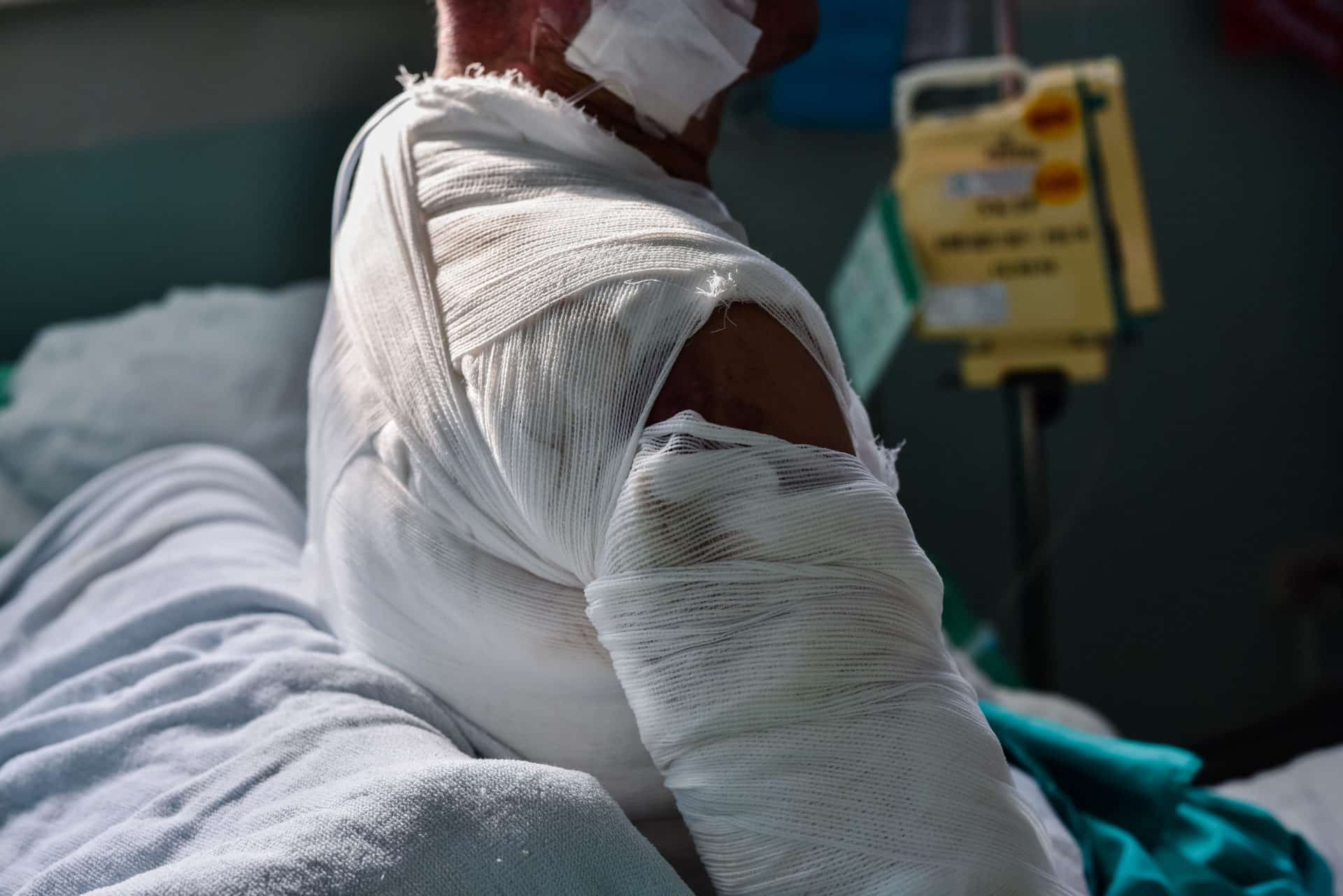
It was Founding Father John Adams’ wish that we Americans should celebrate our independence by lighting up the entire continent. On July 3rd, 1776, he wrote a letter to his wife Abigail saying that the day “ought to be solemnized with… bonfires and illuminations.”
Well, we took Adams’ letter to heart. Over the years, we’ve had some downright spectacular firework displays—and they keep getting better each year!
Sadly, our oohs and aahs sometimes turn into very painful ouches. Exploding fireworks have been known to hurt people so badly that at times, the injured person dies.
Fireworks-Related Injuries in New York Are More Common Than You Might Think
Fireworks are often used during picnics and in times of celebration other than Independence Day. However, the Fourth is particularly dangerous as most firework-related accidents and injuries tend to happen around this time.
In fact, by 1990, firework injuries were so rampant that doctors had nicknamed the resulting tetanus infections “patriotic lockjaw!”
In 2018, fireworks-related injuries were responsible for over 9,000 hospital visits, most of which occurred around the July 4th holiday.
The Top July 4th Body Injuries Ranked
Different fireworks are engineered differently, but at their core, they are mostly a combination of pyrotechnic components. Injuries happen when these components explode on, or close to the body due to such reasons as inappropriate fireworks use and device failure.
Hand and Finger Injuries (28%)
Last year, hand and finger injuries caused by fireworks were estimated to be 1,600.
When someone tries to pick up a firework that fails to go off, minor burns can result in mild pain, discomfort, and redness. Major burns usually occur when a large or powerful firework goes off in your hands.
Such burns are often accompanied by other injuries including lacerations, contusions, fractures, wrist injuries and even loss of fingers.
Leg Injuries (24%)
In 2018, leg injuries caused by fireworks came in a close second, as total incidents were estimated to reach 1,300.
Legs burns from fireworks accidents may be accompanied by sprains, fractures, open wounds and even amputations.
Eye Injuries (19%)
Eye injuries caused by fireworks the same year were estimated to be 1,100.
Penetrating eye injuries mostly occur when flying particles from an exploding firework pierce the eyeball because a person is standing dangerously close without the proper protective eyewear.
These injuries are often complicated by the existence of severe, accompanying burns or the development of infections. Because of this, fireworks-related eye injuries have a heightened risk of sight loss.
Head, Ear and Face Injuries (15%)
In 2018, fireworks were the cause of an estimated 800 injuries to the head, ears, and face region.
Injury to the head and face mostly occurs when someone attempts to light a firework fuse with their head bent over the firework. Head and facial injuries may include burns, bone fractures, and even loss of facial tissue. Fireworks can even cause severe brain and skull trauma.
Very loud fireworks may cause ear damage. Maintaining a safe distance from the fireworks and covering your ears when they go off are advised to prevent damage to your hearing.
Ear injuries may include pain, ringing, and even discharge, and are often accompanied by some degree of hearing loss.
Trunk And Torso Injuries (10%)
In 2018, trunk and torso injuries caused by fireworks were estimated to be 500.
An exploding firework may fly and hit you right in the chest, back or abdomen. The impact may result in open wounds as well as severe internal injuries and serious medical emergencies like cardiac arrest.

In addition to all the physical injuries associated with fireworks, know that death may also occur. Due to potential risks everyone has a right to talk to a New York personal injury attorney if they are injured or suffer loss from fireworks negligence.
Together, you can work out the best way to seek legal redress for your injuries or loss.









